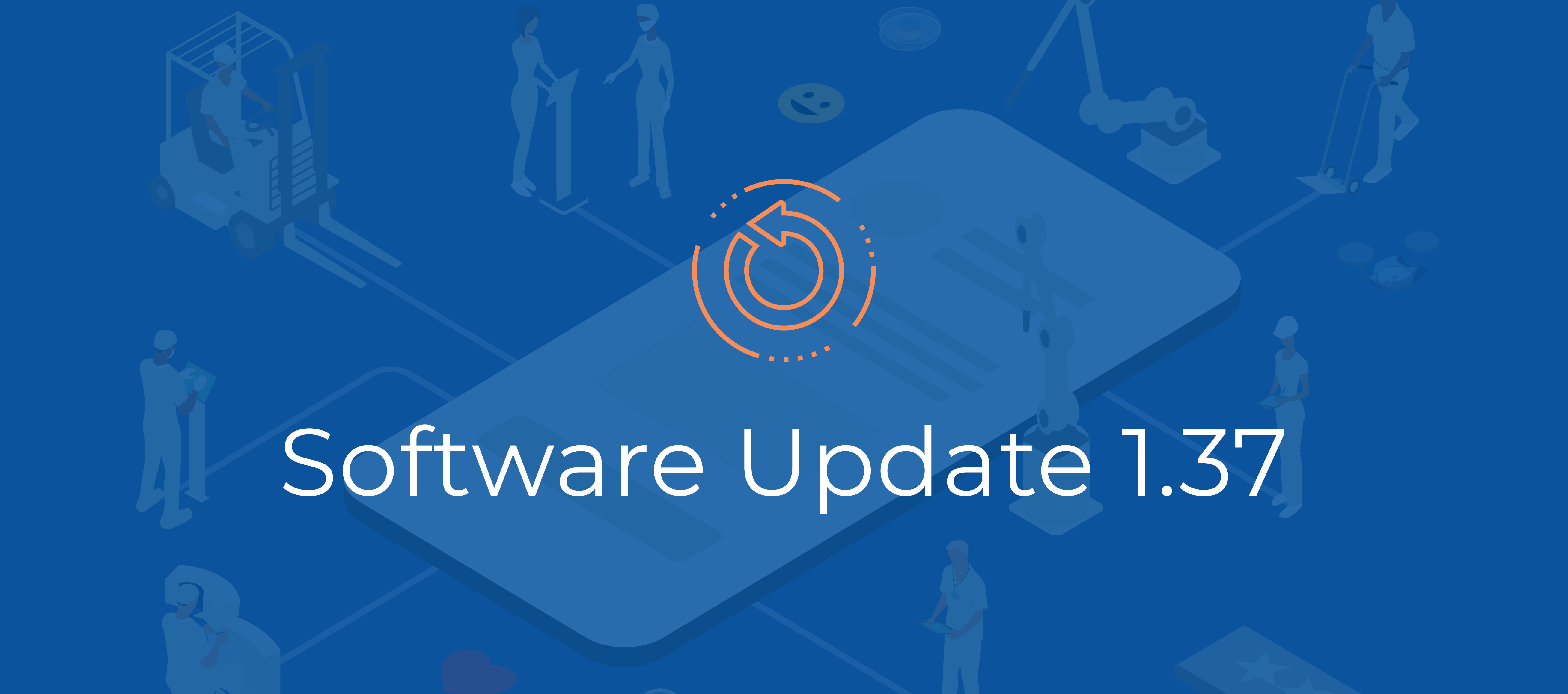Preventive maintenance, also known as preventative maintenance, service is how you keep production moving at a brisk pace. Having an effective preventive service game plan means maintaining the assets producers need to do their jobs. Getting down to brass tacks, here are the ins and outs of preventative maintenance services couched in the same simple terms anyone can use to make a great burrito. Preventative maintenance defined Preventative maintenance means keeping heavy machinery and mission-critical assets up and running by providing upkeep and regular performance checks. Regular maintenance tasks are meant to repair things before they break the flow of your operation. Asset health monitoring and operation data analytics provide your management team the insight they need to keep things running smoothly and lead to reduced crises and emergency service repair requests. So, making sure that your produce is up to snuff and that the guacamole and special sauce are ready to go before you open your restaurant is a no-brainer — and scheduling regular inventory updates to mitigate delays of orders to customers. That's what preventative maintenance means. Understanding how and why preventative maintenance is performed means getting a maintenance plan on paper for your team to execute. Developing a preventive maintenance plan Every maintenance plan requires three key phases for your metaphorical burrito shop to flourish. These aren't overly complicated or detailed — but by considering them as you develop your plan, you will prevent headaches later on. 1. Inventory Start by accounting for every asset. Every facility manager should understand which assets need to be repaired or replaced, track asset usage schedules, and use historical data to predict when an asset is likely to break down. Understanding how the asset or part is priced, knowing other suppliers who provide the same part, and what alternatives you have in case you need them is an important part of the inventory process. Once these factors are accounted for, you can use these variables to create an optimal maintenance schedule. Remember, you're accounting for all the ingredients that go into your burrito: the salsa, tortillas, meat, veggies and sauce. 2. Condition When preparing an asset for repairs or replacement, you need benchmarks. Compare the current state of the equipment to its factory standard — those tomatoes were looking a little funky yesterday, are they still up to standard? How fresh is your beef before it's cooked? Establishing food standards is essentially what conditioning your assets means. 3. Maintain Now that you've defined your standards, your system is now ready for planned maintenance work orders. Assign and schedule technicians to perform designated tasks. Using preventive maintenance can minimize and improve production standards, leading to higher customer satisfaction and a healthier bottom line. The best burrito places maintain high-quality standards and take into account the opinions of their employees and customers. It's all about maintaining a higher standard and continuing to improve — which leads to some killer food. Here's a stat to drive this home for you: preventive maintenance costs 10%-30% of what reactive maintenance does. Your checkbook will feel the difference if you take the time to get things in order. CMMS software and preventive maintenance Using CMMS software is one of the most effective ways to organize a preventive maintenance plan. MicroMain helps you reduce downtime, offset costly repairs and even extend the life of assets by centralizing your operations manufacturing process with asset accounting, scheduling work orders, inventory and labor tracking. This level of asset management is essential to not only keeping your operation moving but growing to scale, (and making the meanest burrito you can think of). MicroMain also offers standardized reporting, giving you detailed information and insights to find weaknesses and turn them into opportunities for optimization. Tracking, preserving, restoring and replacing these assets are essential before they fail, and a CMMS software like ours gets the job done. Our world-class preventive maintenance software is available for you to use right away with our free trial option. Explore its robust and powerful features and observe how agile it is for yourself. To learn more, visit our FAQ page or contact us. For more reading, check out our blog and subscribe to our newsletter (more burrito metaphors may be included)!
Read MoreMicromain Software Update 1.37
Becoming a data whiz doesn't happen overnight. A lot of our customers tell us they want to use advanced maintenance strategies like preventive maintenance and predictive maintenance—you know, those fancy, high-ROI maintenance strategies that use analytics, historical data, and some type of SaaS wizardry to fix assets before they break down, costing your company gazillions of dollars in unplanned downtime. But a lot of people don’t know where to start. For one thing, you need historical data to make predictive maintenance work. So we’re introducing a few software updates to make it easier for you to learn from your data, create inspection points, and keep a running checklist of things your technicians need to do to perform maintenance on each asset. What is an inspection point? It depends on the asset. Basically, an inspection point is a key performance indicator that tells you when an asset is beginning to fail. For an HVAC, that might be runtime; for a vehicle, it’s a meter reading or observation from an oil analysis. By monitoring your historical data, you’ll be able to identify inspection points (KPIs or conditions that tell you when an asset is most likely on the brink of breakdown), and set triggers for predictive maintenance. Checklists tab update- Now you can add an inspection point (IP) or a checklist from the library template or create a brand new one. You can also create an inspection point from an existing asset condition or specification—this is what enables you to link specific IPs to maintenance triggers. You can even check off “Assign Work Order” and a Work Order will be automatically generated if the IP doesn’t pass. Automatic work orders mean less work for you! Checklists page added- We’ve added a page under Libraries so you can store templates of checklists and inspection points. That way, if you want to assign checklists and inspection points to multiple assets or similar types of assets, you don’t have to start over from scratch. You can organize these checklists and IPs into groups and give them a sort number. Inspection Points are now available on mobile- You can now generate a work order from a failed IP (“Assign Work Order”), manually ‘Pass/Fail’ IPs, and edit a specification/condition value. Track your historical data using our new reading history - Okay, this is the important part. The reading history is a running table of past conditions and specifications values. By viewing your historical data, you can start to see trends. Each time you add a new value to an IP condition or specification, you’ll see a new entry under the reading history. Here are some other updates you might find useful: OEM Part Number is now a column on the parts list We removed Log ID from the part log and replaced the date field with a timestamp You can now require checklist/IP items to be completed before a task can be marked as ‘Completed’ Checklists and IPs can be assigned to groups and then filtered by group. Under the Checklist library, you can also manage groups by giving them a sort order IPs/Checklists have been added to the printable WO summary
Read More For immediate assistance, please call us at (512) 328-3235
For immediate assistance, please call us at (512) 328-3235



